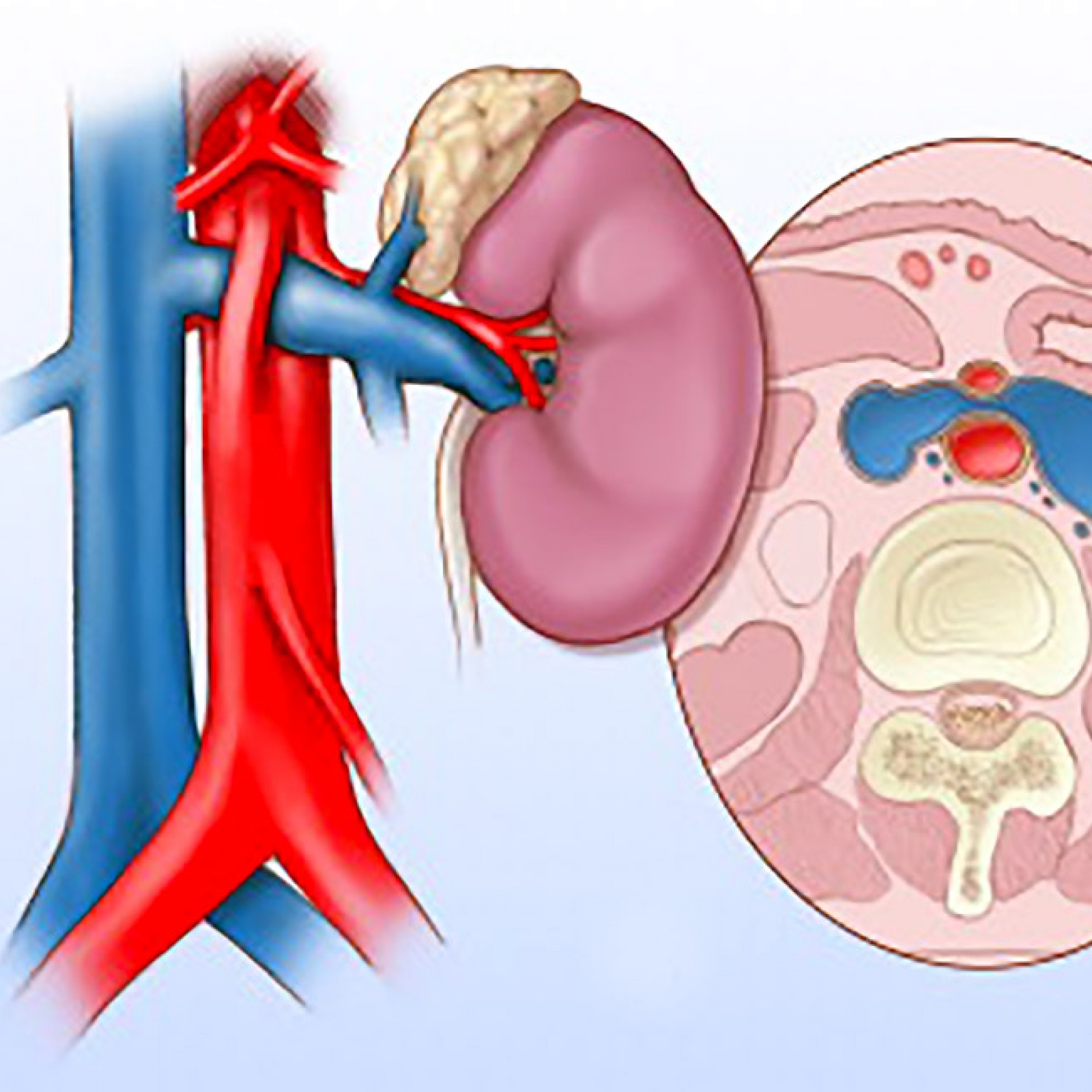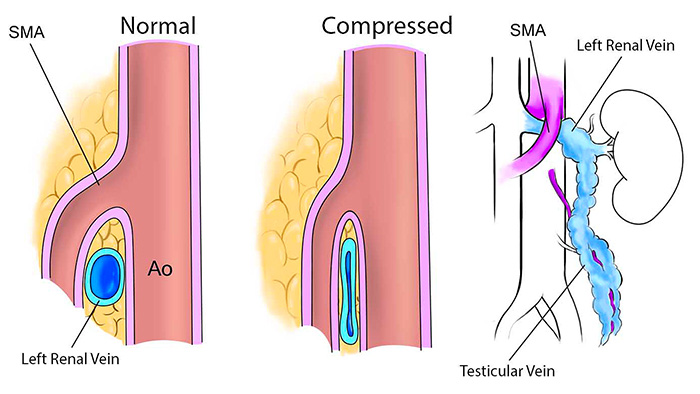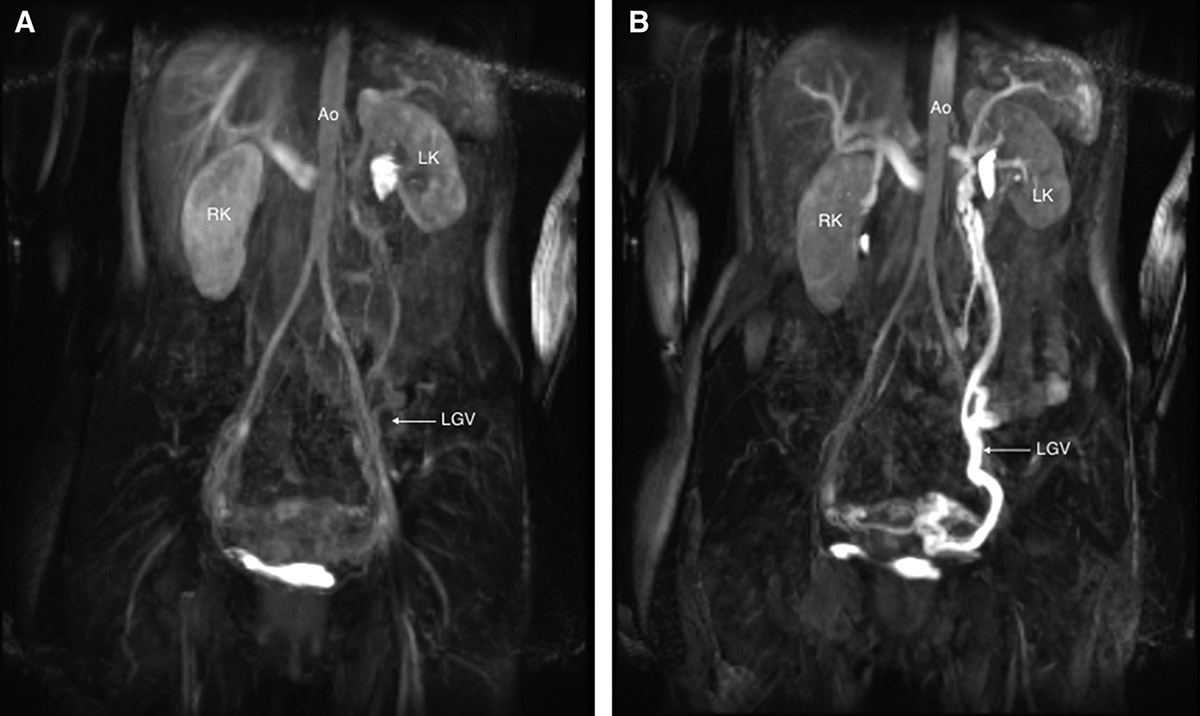- Varicose veins treatment in Kyiv
- Varicose veins treatment in Zaporizhzhia
- Edema and lymphostasis treatment
- Myths about varicose veins
- Massage and varicose veins
- Treatment of varicose veins with hydrogen peroxide
- Veins ache and pull blood vessels
- Can I treat varicose veins with pills?
- Treatment for varicose veins with leeches and bees. Benefit or harm?
- Is it possible to get rid of varicose veins with the help of gels and ointments?
- After 70 years, is it too late to treat varicose veins?
- Do mud baths help with varicose veins?
- Is it possible to get rid of varicose veins with compression knitwear?
- If you make an "open" operation - varicose veins will never appear again. Is it so?
- Are ugly scars and scars left after the operation to remove varicose veins?
- Is varicose veins treatment a long and painful process?
- Is it possible to get rid of varicose veins completely and forever?
- Varicose veins cannot be treated in the summer. Is it so?
- Do you need to go to a surgical hospital for vein surgery or not?
- After removal of varicose veins, the load on healthy veins increases. Is this so?
- Is it possible to play sports after surgery to remove varicose veins?
- Only the elderly suffer from varicose veins?
- Wearing compression hosiery causes muscle atrophy or not?
- Remove veins or not?
- How is the outflow of blood after vein removal?
- Thrombophlebitis treatment
- Nonresident patients
- All about varicose veins
- The risk of complications of varicose veins | Trophic ulcers and no panic
- Causes and symptoms of varicose veins
- Diagnosis of varicose veins
- Stage of development of varicose veins
- Gymnastics and prevention of varicose veins
- Diet for varicose veins
- Why is varicose veins dangerous?
- Treatment of varicose veins of the lower extremities
- Varicose veins and pregnancy
- Varicose disease - what will happen if not treated?
- Varicose symptoms
- Complications of endovenous treatments
- Post-thrombotic disease
- What is phlebology?
- Complications of varicose veins
- All about sclerotherapy
- Vascular diseases
- Treatment results in AngioLife
- Questionnaires and tests for patients and doctors
- For doctots
- Public contract
Nutcracker Syndrome
- Home
- Vascular diseases
- Nutcracker Syndrome

Nutcracker Syndrome (Renal Nutcracker Syndrome or Inferior Vena Cava Compression Syndrome) is compression of the left renal vein, usually between the abdominal aorta and the superior mesenteric artery, obstructing normal blood flow. This is the vein that carries blood from the left kidney back to the heart.
Compression of the renal vein increases the pressure in the renal vein and causes some of the blood to flow in the wrong direction. As a result, nearby veins become enlarged and distorted, causing symptoms and potentially leading to complications.
This name «Nutcracker syndrome» comes from the analogy with compression the left renal vein between the aorta and the superior mesenteric artery, resembling a nut, broken with a nut cracker. Nutcracker syndrome is considered a rare condition and its epidemiology is not well documented. However, it is observed throughout the world in both children and adults. It affects both men and women, but there may be a slight predominance in women.
Anatomy of the left renal vein
To understand Nutcracker syndrome, it is helpful to know where the left renal vein runs in your body. This vein leaves the left kidney and goes to the inferior vena cava. Your inferior vena cava – it is a large vein that collects "oxygen-poor blood" from veins in the lower body and returns it to the heart.
To reach the inferior vena cava, your left renal vein must pass between two large arteries in your abdomen. These are the abdominal aorta and the superior mesenteric artery. There is usually enough space between these two arteries for a vein to pass through.
But if you have Nutcracker syndrome, there won't be enough space. More often, the abdominal aorta and superior mesenteric artery press and compress the left renal vein. This is known as anterior nutcracker syndrome because the compression occurs in front of your aorta. Anterior nutcracker syndrome is the most common form of the disease.
Less commonly, compression occurs along the aorta, since the renal vein passes between the aorta and the spine. This is called posterior nutcracker syndrome.

Nutcracker phenomenon versus Nutcracker syndrome
The Nutcracker phenomenon means compression of the renal vein. This happens to some people but they do not experience any symptoms. They may not even know they have the nutcracker phenomenon until the doctor sees their anatomy during imaging.
Nutcracker syndrome refers to the phenomenon when it occurs with symptoms. In this case, the compression of the renal vein causes the symptoms you notice, which can significantly disrupt your daily life. People with Nutcracker syndrome may need treatment to improve blood flow through the renal veins.
Why is this condition called Nutcracker syndrome? A researcher noticed back in 1937 that the left renal vein looked like a nut between the jaws of a nutcracker.
Nutcracker syndrome may cause mild or no symptoms and may resolve on its own (especially in children).
Symptoms of Nutcracker syndrome include:
- Blood in the urine (hematuria). This is the most common symptom.
- Feeling dizzy when standing up (caused by orthostatic hypotension).
- Pain in the left side.
- Symptoms may also differ depending on your gender. Men may feel swollen veins in the scrotum (varicocele).
- Women may experience symptoms of pelvic congestion syndrome. These include: pain during sex (dyspareunia), pain during urination (dysuria), pelvic pain.
There are also signs your doctor may see during diagnosis. You cannot see these manifestations yourself.
Clinical signs of Nutcracker syndrome include:
- Low red blood cell count (anemia).
- Microscopic amount of blood in the urine (microhematuria).
- Too much protein in the urine (proteinuria).

It is important to consider that some cases of nutcracker syndrome may be undetectected or misdiagnosed due to its rarity and variety of symptoms
What causes Nutcracker syndrome and what is the cause?
Changes in blood vessel anatomy cause Nutcracker syndrome. Sometimes these changes occur in the womb as blood vessels form. Other times, they occur due to growth spurts during adolescence or weight loss during adulthood. In some cases the cause is unknown.
The differential diagnosis of squamosal syndromeincludes consideration of other possible causes of the patient's symptoms that may have similar presentations. Here are some of them:
-
Hydronephrosis: This is a condition in which dilation of the kidney's urinary system occurs due to a blockage of the ureter or due to problems with the flow of urine from the kidney. p>
-
Bladder or ureter damage: For example, stone disease (kidney stones) or other urinary tract lesions can cause similar symptoms.
-
Varicocele: This is an enlargement of the veins in the scrotum, which may be caused by poor circulation in the renal vein.
-
Kidney cancer: Kidney malignancies can also cause symptoms resembling Nutcracker syndrome, such as hematuria and renal colic.
-
Neuralgia: Disorders of the innervation in other parts of the body, or problems with the spine, can lead to similar symptoms, but usually have different clinical features.
Diagnostics and tests for Nutcracker syndrome
Diagnosing Nutcracker syndrome can take some time because doctors must rule out many other possible problems. Typically, diagnosis begins with a physical examination. Your doctor will talk with you about your medical history and symptoms. One or more tests can then be recommended for further investigation.
Laboratory tests and studies that diagnose Nutcracker syndrome:
- Blood tests.
- Computed tomography (CT).
- Doppler ultrasound.
- Intravascular ultrasound (IVUS).
- Magnetic resonance imaging (MRI).
- Venogram.
- Urine analysis.

Pregnancy and Nutcracker syndrome
Pregnancy may be a factor that worsens symptoms in women who already have this syndrome. Here are a few aspects that may arise in the context of pregnancy and Nutcracker syndrome:
-
Increase in uterine volume: Pregnancy is accompanied by an increase in the size of the uterus, which can lead to displacement of internal organs, including kidneys and blood vessels. This may worsen the compression of the left renal vein that is characteristic of Nutcracker syndrome.
-
Changes in Hormonal Background: During pregnancy, the levels of various hormones such as progesterone and estrogen change. This can affect vascular tone and increase pressure in the vein, including the left renal vein.
-
Increased symptoms: In some cases, symptoms of Nutcracker syndrome, such as hematuria (blood in the urine), may increase or worsen during pregnancy due to changes in physiology and circulatory dynamics.
-
Possibility of complications: In rare cases, worsening symptoms of Nutcracker syndrome during pregnancy can lead to serious complications, such as increased bleeding or other kidney complications.
For women who have Nutcracker syndrome and are planning or are already pregnant, it is important to seek medical advice to discuss possible risks and strategies for managing symptoms during pregnancy. Your doctor may recommend specialized medical support and close monitoring of your kidney health and symptoms of Nutcracker syndrome during pregnancy.
Treatment of symptomatic Nutcracker syndrome
Treatment depends on age and
severity of symptoms. Based on the situation, the doctor may start with conservative treatment. If symptoms persist or worsen, surgery may be required.
Conservative treatment of Nutcracker syndrome
Most patients are suitable for a conservative treatment approach, which includes:
- physical activity
- increase in body weight
- Medicines to improve kidney function, in particular: ACE inhibitors, aspirin, etc.
Surgical intervention for Nutcracker syndrome
If symptoms are severe and conservative approaches do not help, surgery or a minimally invasive procedure may be necessary. The goal of surgery is to provide an open, smooth path for blood to flow from your kidney to your heart.
Surgeries and procedures for Nutcracker syndrome include:
- Renal vein transposition: moves the left renal vein so that it joins the inferior vena cava at a different location. This allows the renal vein to avoid passing between the superior mesenteric artery and the aorta. Laparoscopic methods are an alternative to traditional open operations.
- Implantation: uses percutaneous (minimally invasive) techniques to insert a stent into the left renal vein. This small tube helps open the vein so blood can flow through it.
- Kidney autotransplantation: removal of the kidney and reimplantation in a new location near the femur.
At the ANGIOLIFE Vascular Center, diagnostics and conservative treatment of Nutcracker Syndrome are carried out according to European protocols.
- ANGIOLIFE at the UVS Congress - Sukharev Readings 2025
- Diagnosis, clinical and treatment of varicose veins
- Thromboangiitis obliterans, Buerger's disease and Endarteritis
- Тромбофлебіт та тромбоз поверхневих вен
- ANGIOLIFE on aspects of phlebology 2024
- Is it possible to treat deep vein thrombosis without anticoagulant therapy?
- UVS 2024 CONGRESS "SUKHAREV READINGS"
- Varicose veins
about services by phone
